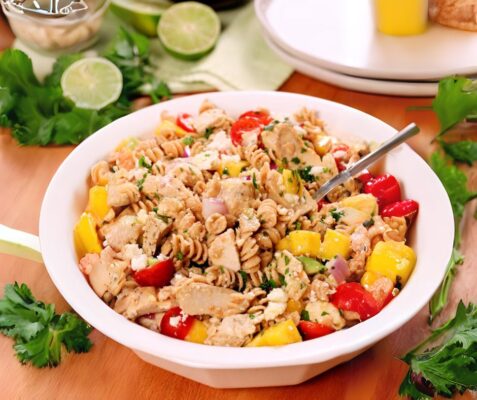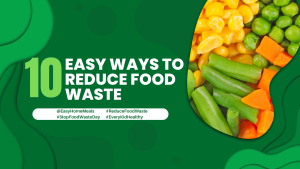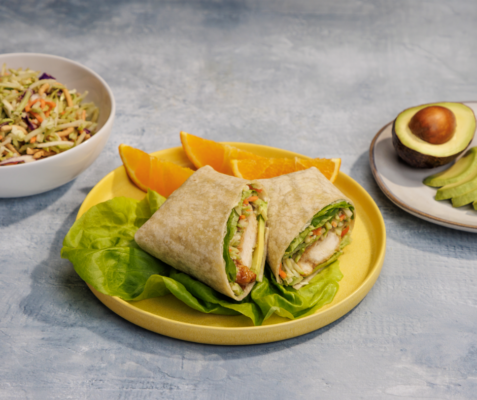Guidelines for the Storage of Frozen Foods
Frozen foods offer a number of benefits from longer storage life and peak freshness, to portion size and cooking convenience. But depending how you’re shopping for and storing your frozen meals, you may not be getting the optimal storage life. Let’s explore a few frozen food guidelines and tips for storing frozen food.
How to Store Frozen Foods: Guidelines and Safety
No matter which type of frozen food you purchase, for best results, it should remain frozen until it’s ready for consumption. This means the frozen food aisle should be the last stop during your grocery shopping trip to reduce the time in between the store freezer and your home freezer.
While shopping, it is also best to group and pack frozen foods together in your cart or bags to help maintain their cold temperature. Return home promptly after you buy frozen foods, especially if you live in a warmer climate, and immediately place your frozen food items in the freezer.
Here are a few other frozen food storage guidelines to keep in mind when buying frozen foods:
Other important storage guidelines to remember:
- Maintain proper freezer temperature — no higher than 0°F (-18°C). Use a refrigerator/freezer thermometer to verify the temperature if you’re unsure. This temperature is important as it inhibits the growth and multiplication of microbes present in the food such bacteria, yeasts and molds.
- Rotate and clearly date your frozen foods — first in, first out. Be sure to check your packaging expiration date prior to freezing.
- Organize and arrange the contents of your freezer accordingly. Store baked goods in one section, meat and fish in another, etc.
- Thaw with care, preferably at refrigerated temperatures less than 40°F. Less ideally, you can also thaw under running water but no warmer than 70°F.
- Preferably, do not refreeze thawed frozen foods for safety and quality reasons. While the USDA states it is safe to refreeze food after thawing without cooking, there may be a loss of quality due to moisture loss, which can also expedite the growth of bacteria. It is safer to cook your thawed food and refreeze any leftovers.
- Keep your freezer clean to prevent transfer of off-tastes and odors. Empty your freezer at least once a year to clean out old items and ensure a clean freezer space.
- Do not overpack your freezer. Maker sure you have sufficient storage space so that refrigerated air can circulate around the food. Lack of proper circulation can lead to poorly regulated storage temperatures.
- Avoid opening your freezer if your power goes out to preserve as much cold air as possible. Freezers typically have a good door seal that locks in cold temperatures. Opening the freezer door frequently will result in rising internal freezer temperatures.
- Avoid freezer burn by ensuring your product packaging remains sealed. While freezer burn does not make your food unsafe, it does impact quality and enjoyment. To prevent freezer burn, avoid exposing food directly to freezer air. If the packaging is opened or damaged, wrap the food tightly with plastic wrap, baggies or use other materials.
Now that you know how to store frozen foods, let’s explore the many advantages of frozen food and why frozen meals may actually be a better choice for your situation. Tell us why you love frozen meals. Share with @EasyHomeMeals on social media and follow to learn about our promotions, easy recipes and cooking tips.






